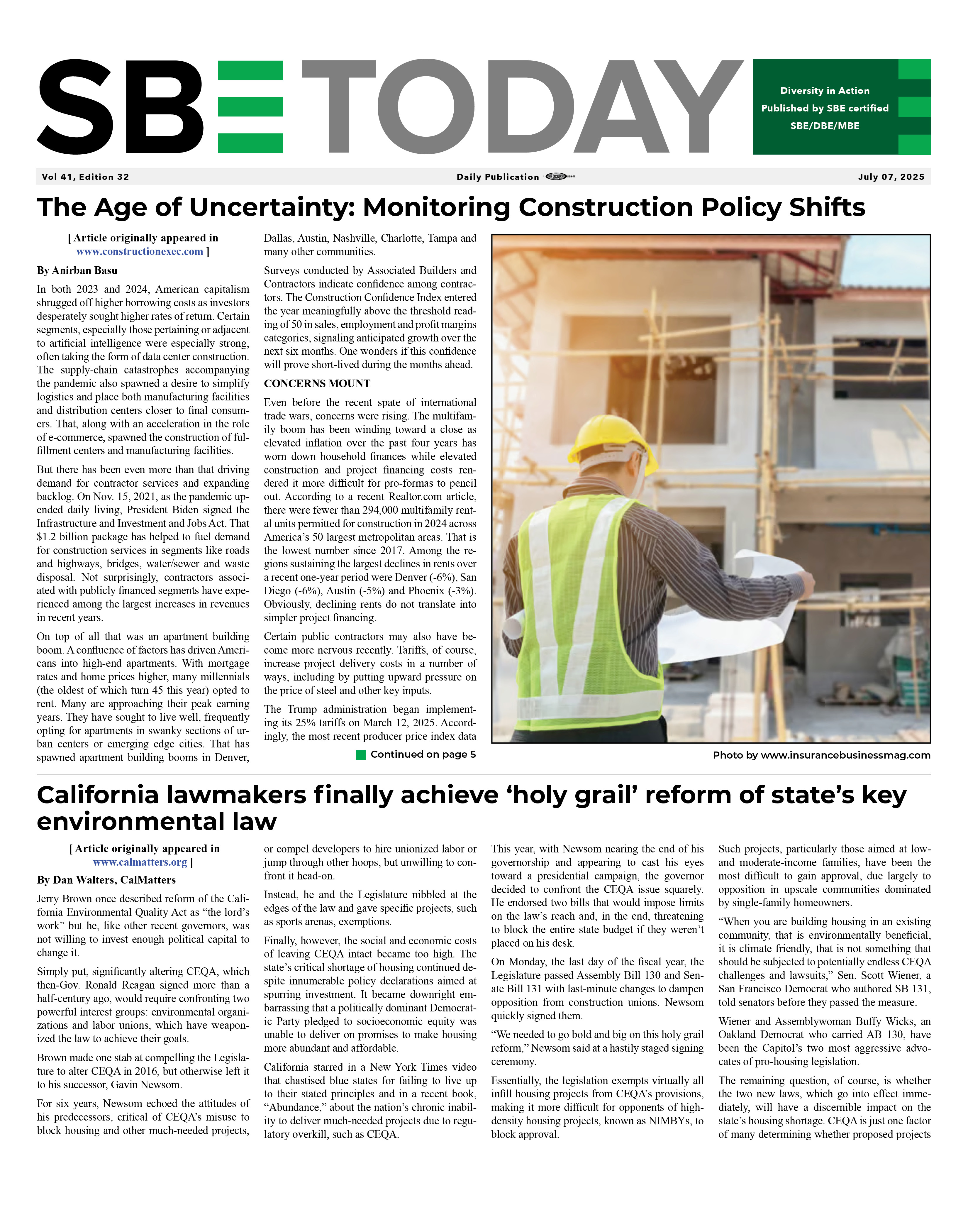|
|
Go ahead. Rock the boat.
08/09/2019
By: Patricia Tomczyszyn, Inclusive Innovation Program Manager Disruptive Innovation is when a technology is used to develop new goods and services that are less expensive and more accessible. As far as I’m concerned, “accessible” means I can get to it on my smartphone. These “disruptive” goods and services eventually replace older, more established products - even companies.1 Amazon replaced brick and mortar book stores and eventually drove Borders out of business. Uber sent the taxi industry spinning. Streaming services like Netflix forced video stores into the history books. The list goes on. Now, let’s talk about minorities. For this article, I’m referring to African Americans, Hispanics, Asians, and American Indians. According to the Census Bureau, the rate of patent ownership is EQUAL between minorities and non-minority businesses with paid employees. Minority-owned businesses even exceed the rate of non-minority patent ownership in 14 out of 19 industry sectors.2 The problem is that while minorities are extremely innovative, they make far less money and employ fewer people than non-minority firms. There are many reasons for this, but it’s well documented that the biggest obstacle for MBEs is acquiring funding to start or grow a business. Here’s the big reveal. The Federal Government has resources that are not being utilized by minorities. I’m talking money (lots of it), laboratories, equipment, technical support from government scientists, and access to thousands of patents. It’s called technology transfer (T2).3 Small Business Innovation Research (SBIR) grants exist to help YOU. These grant provide up to $1M for an existing business or entrepreneur to develop a new product for commercialization. You see, these are the businesses that create jobs and grow our economy. Anyway… the SBIR program operates in three phases: Phase I: Up to $150K to establish the technical merit, feasibility, and commercial potential Phase II: Up to $1M to continue the R/R&D efforts initiated in Phase I Phase III: May involve follow-on non-SBIR funded R&D or production contracts Unfortunately, minorities are not applying for these funds. For example, only 3% of National Institutes of Health SBIR applicants are minorities. What that boils down to is that minority inventors, and entrepreneurs are missing golden opportunities to be disruptive. This is your ticket to get ahead. If you are interested in federal technology transfer, fill out this form and I will contact you to see if MBDA and our partner, the Federal Laboratory Consortium, can help you on your path to disruption. The Inclusive Innovation Initiative (I-3) is a national effort to increase the participation of minority business enterprises (MBEs) and minority-serving institutions in technology transfer. Sign up for innovation and technology transfer news. 1 Christensen Institute, Retrieved from https://www.christenseninstitute.org/disruptive-innovations/?gclid=CLfY0umuhtQCFUVLDQod1DoKNQ, May 23, 2017. 2 U.S Department of Commerce, 2014 Annual Survey of Entrepreneurs, retrieved from: http://census.gov 3 Every year, billions of American taxpayer dollars go into funding research and development (R&D) at our federal laboratories, with the intent being for those innovations to return their investment and move from the laboratory to the marketplace, thereby boosting our economy. To ensure the best use of taxpayers’ contributions to R&D conducted at federal labs, Congress enacted the Stevenson-Wydler Technology Innovation Act of 1980 and the Federal Technology Transfer Act of 1986, which mandated that federal labs accelerate the results of their hard work into the market through collaborative partnerships with any nonfederal organization such as private business, academia, and state and local governments.
Patricia Tomczyszyn works for the U.S. Department of Commerce, Minority Business Development Agency. She manages the Inclusive Innovation Initiative, which is a new program to inform, educate, and support minority involvement in federal technology transfer. Back To News |
|





